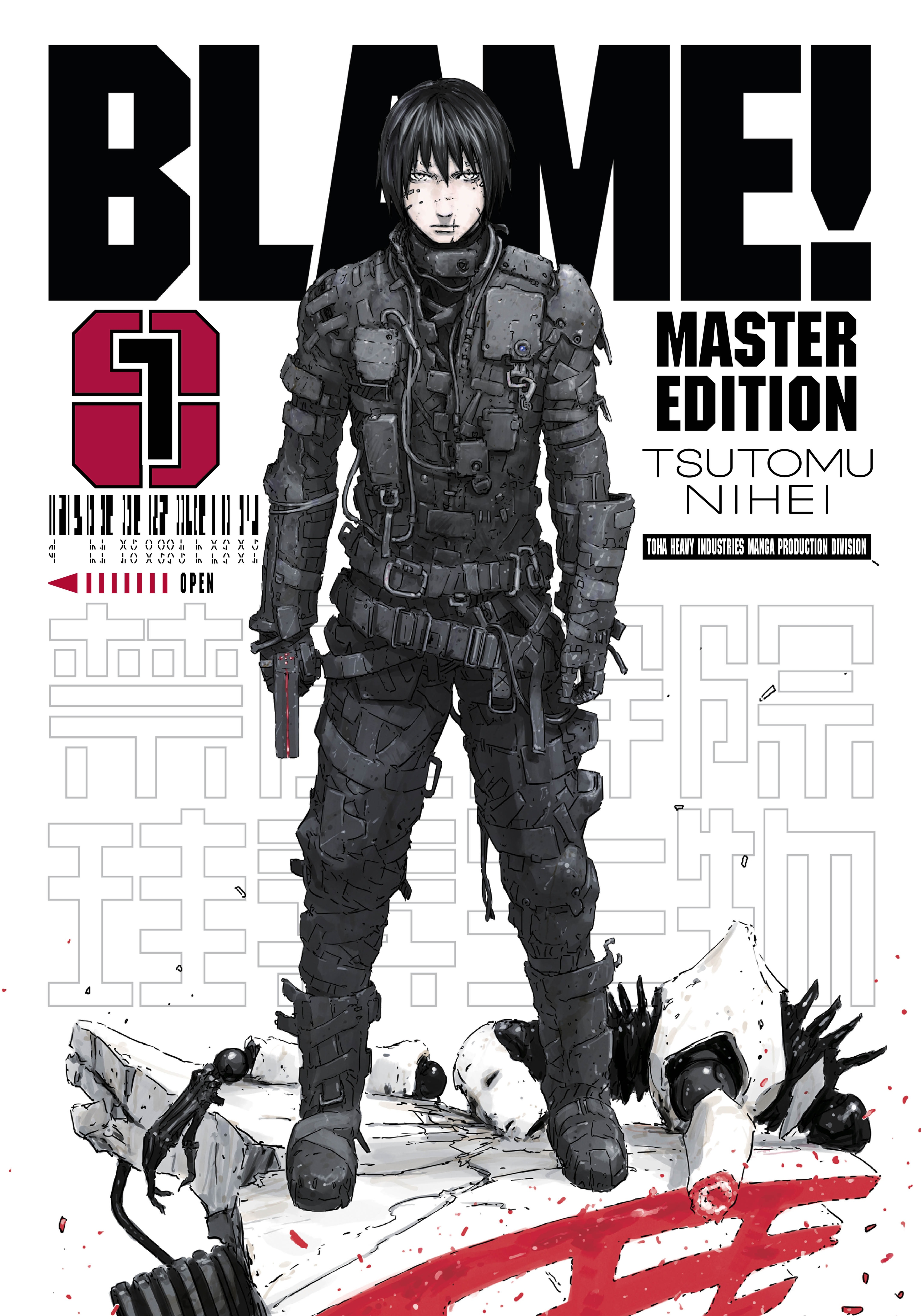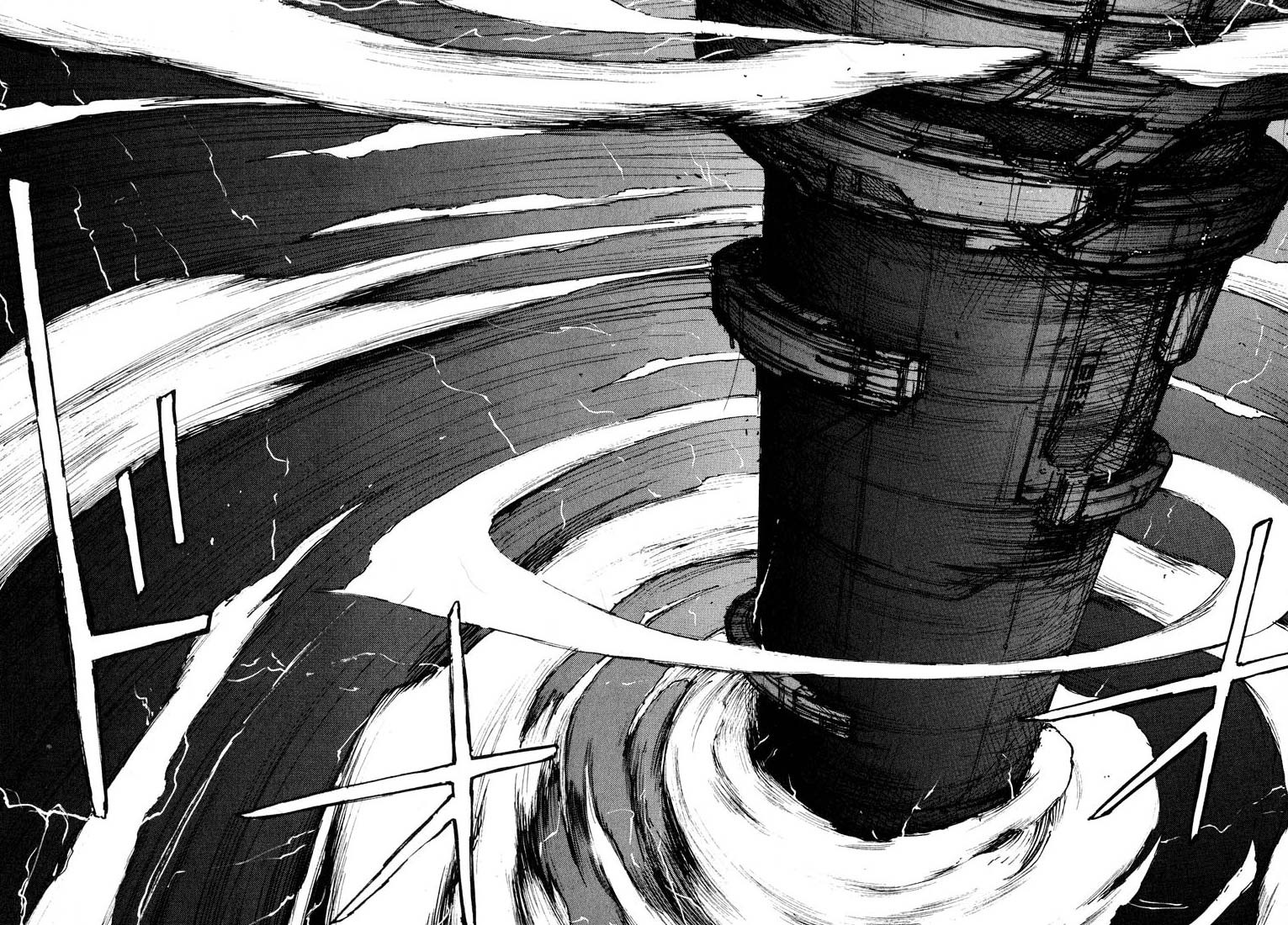



reality structure to the world, but one in which the setup is some type of arrangement instead of a trick. And furthermore, once you can learn to respond like Killy, who also doesn’t really know what’s going on beyond his quest for ‘net terminal genes,’ and that people (?) keep standing in his path toward that goal, the rush becomes a drug onward, upward, shoot first, keep going.īook 2 gives us a little more understanding of Net Terminal Genes, and glimpses of a fascinating matrix-like computer vs.

But once I can set aside that desire for a linear read and just be shoved alongside Killy as he bounces from floor to floor, I get to share in that rush. I’m still learning how to read Blame!, but what this has meant is a slightly uphill (womp) climb from page to page, and then, once the general dynamic and flow is understood, you can travel back through those same pages and get your balance.īook 1 had a slightly more wandering Ronin aspect to it Book 2, though, is all rush, away from battles and in to new ones, which makes it – due to the pacing described above – as discouraging as it is rewarding. This is different from absolutely making things up on the fly, as I fully believe Nihei knew the direction his tale would take, bit because the general conceit is absolutely tied with its characters’ literal progress, he can let his surreal settings drive the action in any given sequence. One of the interesting – though frustrating, if you’re not on the mood for it – aspects of Blame! is the way in which Tsutomu Nihei appears to structure the landscape and general plotbeats as the story unfolds. Killy – What the bleedin’ heck is going on?


 0 kommentar(er)
0 kommentar(er)
